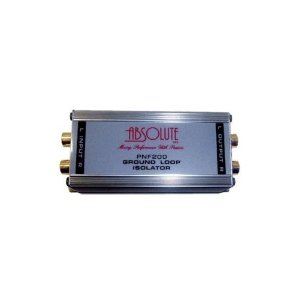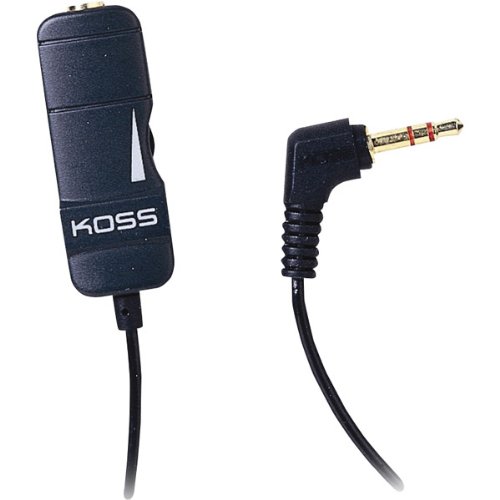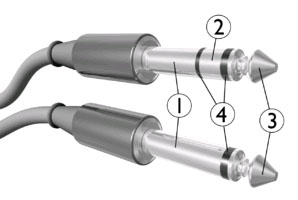|
.
Methods
of Connection: (Only
use a Regulated 12vdc wall-wart >= 500ma)
Use this
bargain Wall-Wart
$7.95 and cut the plugs off to wire direct into Power T1.
The earth ground
used is obtained from an AC
- power strip
from the wall connected to T1 or T2
gnd.
1. Use a wall-wart with a 3.5mm plug with a positive tip plugged into either
2-1-5 Jack on this black box board. Use a 3.5mm stereo or mono cable
plugged into the other
2-1-5 Jack on this black box board with the cables other end plugged into the
Phoenix T6 2-1-5 power Jack. Connect the wall-wart to the
black box T2 terminal to avoid adding in an extra power diode. 2.
Used as a J2 Y-connector attach the wall-wart power to the
black box T1
side for
diode protection.
3.
Another
method for using the RS wall-wart is to unplug the 3.5mm tip
from the wall-wart wire and use
this special 6" RS
AdaptaPlug wire
connected to the proper terminal T1 or T2 on the black box. 4.
This black box (board) blends power and earth ground together on
the negative lead and it
could be connected between the cables from the Phoenix Pitch
J2 and Volume
J2 TRS stereo Jacks. This eliminates the power cable to the the Pitch
Board while J2 may be the best location to apply earth
ground and power to minimize internal ground loop hum.
Use the hum isolator
below.
Below is be the best ground-loop-isolator
to use between Output-1
of the Volume Control board and your main amplifier.
 |
Absolute
ground loop filter Amazon
I tried several
brands and this one had the best signal in and signal out
response.
Most of the other
brands attenuated the signal up to 75%.
Note:
Ground Loop Isolators can have a poor
frequency response
below 150 hz, signal attenuates.
This can be compensated
for with the theremin boards output frequency response. |
Plug this in series with the
Volume Output-1 signal path to adjust the proper signal level into your
amplifier.

Volume
Control Adaptor
I
In my logic
the TRS
Ground Loop
Isolator plugs into volume board Output-1 and both a balanced
XLR cable or standard TRS 3.5 mm cable
could plug into it?
To have
balance the isolator transformer output should connect to XLR pins 2 &
3 shielded by 1 common sleeve?
The XLR plug pins 1 & 2 are active plugged into the loop
isolator which would be the Left channel to a
XLR microphone input jack on an amplifier. If this XLR approach was used
it may run too HOT for a mic input so an inline stereo volume control may work to reduce the
signal plugged into Output-1 of the Volume Control. )-: See Koss Above
 |
- Sleeve:
usually ground
.
- Ring: Right-hand channel
for stereo signals, negative polarity for balanced mono
signals, power supply for power-using mono signal sources
.
- Tip: Left-hand channel
for stereo signals, positive polarity for balanced mono
signals, signal line for unbalanced mono signals
.
- Insulating rings
|
Maybe the future Phoenix-2 J2 could use a TRRS not TRS if there is a
problem not solved more simply.
NOTE:
On the Phoenix board Pot-1 normally controls the proper intensity
driving the pitch Enhancement circuit and should not be viewed as an actual volume control to the outside world.
Pot-2 determines how much
Enhancement effect is blended into the original audio signal.
The proper balance of Pot-1 & Pot-2 is required to get the best sound desired along with the proper raw wave shape from the 3 x 3 section
viewed at Out-2B.
Using an inline ear bud volume control adaptor could be a simple hot signal attenuator if a Pre-Amp mixer is not used before the main amp
to set the proper signal level, this needs further study as to what Professional follow up equipment is used.
A balanced cable will not work for the current Phoenix J2 cable as it would need to be a four conductor cable to create a balance situation.
The cable carries the +/- voltage between the boards plus the audio signal which would need its own two wires for balance.
Ethernet
Cable through hole 8 contact Jack 737-MTJ-880X1
Mouser PCB $.56
.
|